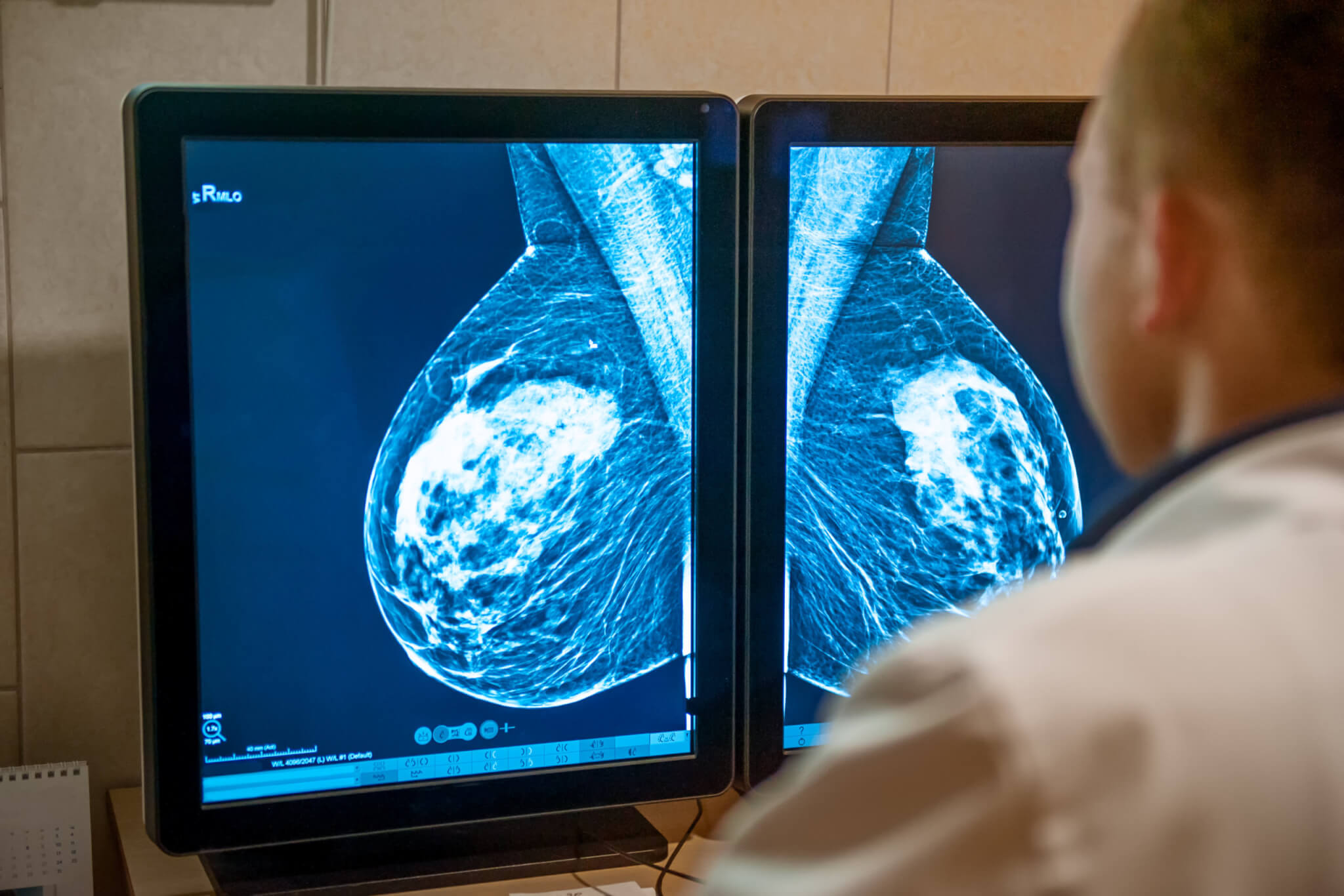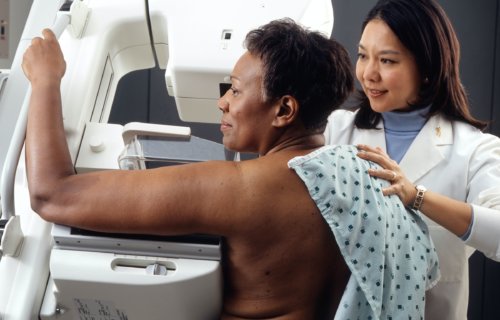SOLNA, Sweden — Two heads may be better than one, but artificial intelligence (AI) appears to be better than two (human) heads. A new study suggests that radiologists assisted by AI are more effective at detecting breast cancer than two radiologists working in tandem. This research holds promise for more accurate diagnoses, particularly as the number of available radiologists is actually dropping.
The study was conducted by Swedish researchers from the Karolinska Institutet, who compared the performance of radiologists working with AI to that of human radiologists in screening mammograms from over 55,000 women. The research took place at Capio Saint Göran’s Hospital in Stockholm between April 2021 and June 2022. In these screenings, mammographers took multiple X-rays of each breast to identify cancer signs too subtle to see or feel.
According to the National Health Service’s Breast Screening Program (NHSBSP) in the United Kingdom, women typically receive their first invitation for mammographic screening between the ages of 50 and 53, with subsequent screenings every three years up to age 70. However, current screening methods do not catch every case of breast cancer, and false positives can result in unnecessary imaging and biopsies.
Traditionally, each mammogram is evaluated by two separate readers to improve both the sensitivity and specificity of the screening. Despite its effectiveness, this approach is labor-intensive and increasingly untenable due to a global shortage of qualified readers.

“AI and humans perceive images slightly differently, which creates a synergy that improves our chances of detecting cancer,” says study author Dr. Karin Dembrower, an affiliated researcher at the Department of Oncology-Pathology at the Karolinska Institutet, in a media release. “With the ScreenTrustCAD study, we wanted to examine how well two radiologists performed compared with one radiologist and AI, and AI alone.”
The study found that a traditional team of two radiologists identified a total of 250 cancer cases. When AI was added to the mix, this team detected 269 cases. Remarkably, a single radiologist working alongside AI detected 261 cases, while AI alone flagged 246 — just four fewer than two human radiologists.
“Compared with the current two-radiologist standard, assessment by one radiologist and AI resulted in a four percent increase in breast cancer detection and halved the radiologists’ image reading time,” says the study’s principal investigator, Dr. Fredrik Strand.
Additionally, the team observed a six and 55-percent reduction in false positives for one radiologist plus AI and AI alone, respectively. This reduces the recall rate for healthy women, minimizing unnecessary suffering and cost.
“Our study shows that AI is ready for controlled implementation in screening mammography,” concludes Dr. Strand. “However, you must choose an AI system that has been properly tested on images from the same type of mammography equipment and ensure continuous monitoring after clinical implementation. In the longer term, AI has the potential to take over the majority of screening mammography assessments.”
The research is published in the journal Lancet Digital Health.
South West News Service writer James Gamble contributed to this report.

